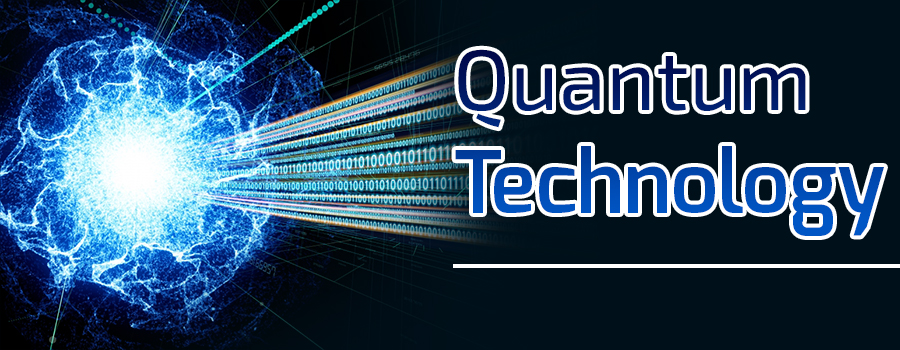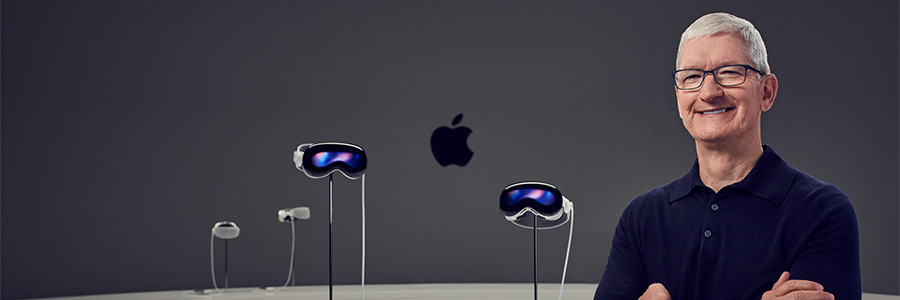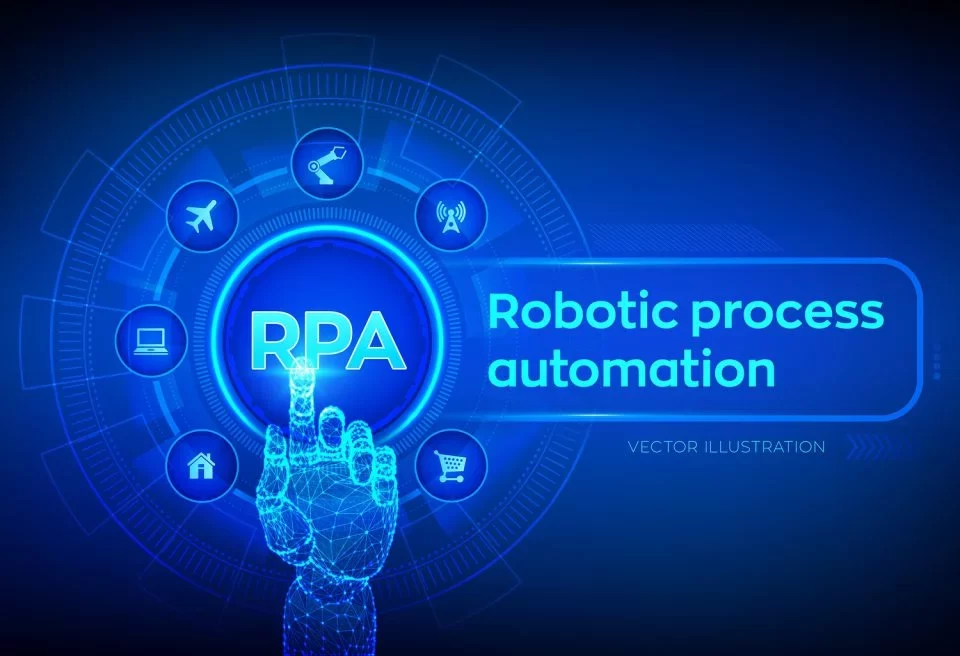Quantum Technology

Java Vs Python: Comparison Between Java and Python
23rd February 2021
Everything to Know About Augmented Reality Trends & SDK for App Development
25th February 2021Quantum technology is a class of technology that works by using the principles of quantum mechanics (the physics of sub-atomic particles), including quantum entanglement and quantum superposition.
Such a definition might make your head spin, but the truth is, you don’t need to know exactly what quantum technology is to make use of it. Your smartphone is a type of quantum technology – its semiconductors use quantum physics to work – but neither you or the engineer who designed it need to know the ins and outs of quantum mechanics.
The reason we’re talking about quantum technology now, 50 years after it became a part of our lives through nuclear power, is that the latest feats of engineering are harnessing more of the potential of quantum mechanics. We’re now starting to control quantum entanglement and quantum superposition. That means quantum technology promises improvements to a vast range of everyday gadgets, including:
- more reliable navigation and timing systems (check out our work to create the world’s smallest quantum navigation device)
- more secure communications (we designed the blueprint for a radically new type of radio receiver for DSTL)
- more accurate healthcare imaging (quantum sensing)
- more powerful computing.
All these applications could, to some extent, be useful within a year or two. But it’s hard to know which will be a simple evolution and which will be truly disruptive. That uncertainty gives proactive businesses an opportunity as the difference between evolution and revolution will likely be early investment.
The principles behind quantum technology
You might not need a detailed understanding of quantum technology to benefit from it, but if you’re going to work with universities to capitalise on their discoveries, it would be nice to have a basic understanding of what they’re talking about. So, here are the briefest of overviews of two quantum principles that are driving the biggest developments in quantum technology.
What is quantum entanglement?
Quantum entanglement is when two atoms are connected, or entangled, despite being separated. If you change the properties of one of them, the other changes instantly. In theory, this would be the case even if the entire universe separates the entangled atoms. If that wasn’t spectacular enough, quantum mechanics says simply observing an atom changes its properties.
One possibility this creates is in enhancing the security of communication through quantum protected cipher keys. You can use entangled atoms to detect whether someone has interfered with the transmission of data
For example, you can have two entangled atoms with clockwise and anticlockwise ‘spins’. One atom is sent with the encryption key and if an eavesdropper intercepts the transmission, this causes a change in the ‘spin’ of the atom, affecting the overall quantum state of the system and resulting in the detection of the eavesdropping attempt.
What is quantum superposition?
Quantum superposition is the theory that sub-atomic particles exist in multiple states simultaneously. It’s the crux of the Schrodinger’s Cat thought experiment – a cat, a flask of poison and a radioactive source are in a sealed box. If a Geiger counter detects radioactivity, it shatters the flask, releasing the poison and killing the cat. Since the radioactivity detection is a statistical process, the cat can be both alive and dead while the box is sealed, with the outcome only confirmed when you open the box and observe the cat to be in one state or the other.
The practical application of this mind-bending version of reality is most obvious in quantum computers. While digital computers store data as bits (the ones and zeros of binary), quantum computers use qubits that exist as a one, zero or both at the same time. This superposition state creates a practically infinite range of possibilities, allowing for incredibly fast simultaneous and parallel calculations.





